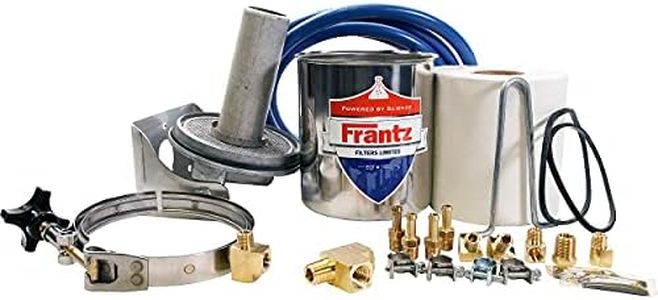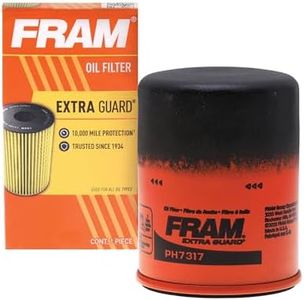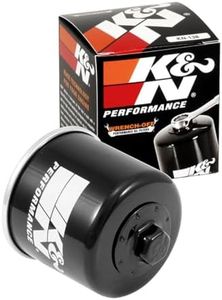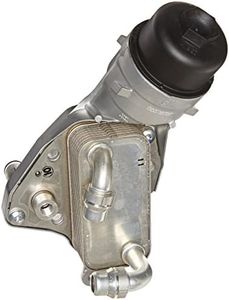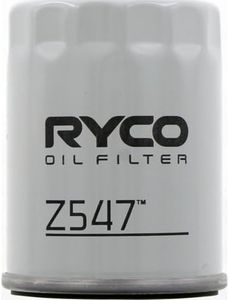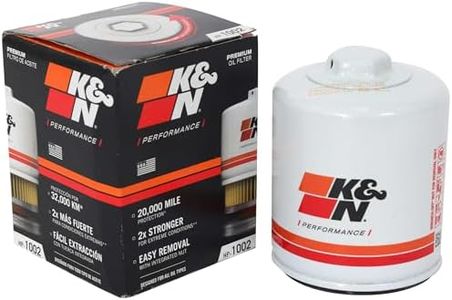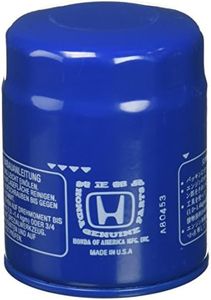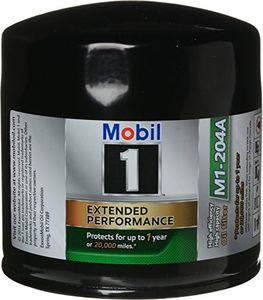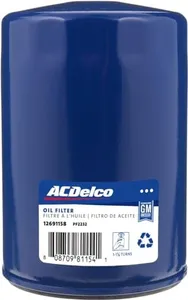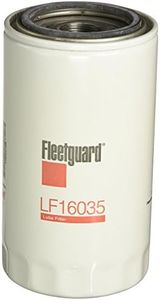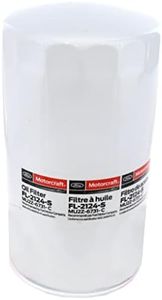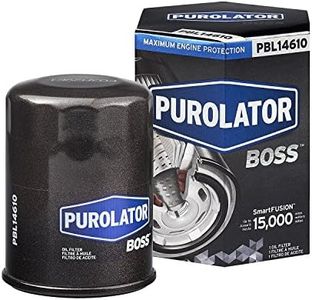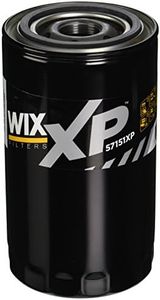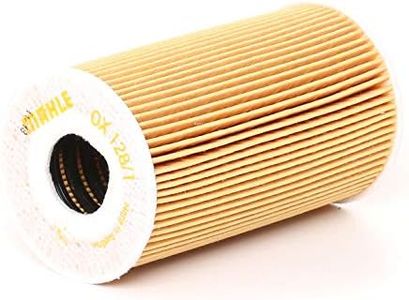We Use CookiesWe use cookies to enhance the security, performance,
functionality and for analytical and promotional activities. By continuing to browse this site you
are agreeing to our privacy policy
10 Best Oil Filters
From leading brands and best sellers available on the web.By clicking on a link to a third party's website, log data is shared with that third party.
Buying Guide for the Best Oil Filters
Choosing the right oil filter is important for keeping your vehicle's engine running smoothly and protecting it from damage. The oil filter helps remove dirt, contaminants, and particles from the engine oil before it circulates through the engine. A good oil filter plays a big role in maintaining engine health, so it's worth understanding the basics before making a selection.Filter MediaFilter media is the material inside the filter that traps particles and contaminants. It's key to how well the filter cleans the oil. Materials can range from cellulose (paper), which is standard and economical, to synthetic blends, which usually offer better filtration and longer lifespan. If you drive mainly in normal conditions and change oil regularly, standard cellulose may suit your needs. If you do a lot of stop-and-go driving, drive in harsh conditions, or want longer oil change intervals, synthetic or mixed media can offer better protection.
Micron RatingThe micron rating tells you the size of particles that the filter can trap; a lower micron number means the filter can catch smaller particles. Filters with a rating around 20 microns are common for most vehicles, offering a balance of filtration and oil flow. Some high-performance or synthetic filters rate around 10-15 microns, catching even finer particles but may not be needed for all engines. Pick a filter with a micron rating suited to your engine's needs, following the manufacturer’s suggestions.
Flow RateFlow rate measures how much oil passes through the filter over time. This is important to ensure that the engine always receives enough oil; if a filter restricts oil flow, it can harm the engine, especially at high speeds or under heavy loads. Most standard filters provide adequate flow for everyday driving, but performance vehicles or larger engines may need filters rated for higher flow. Consider how demanding your engine is and select accordingly.
Anti-Drainback ValveAn anti-drainback valve prevents oil from draining out of the filter and back into the engine when the engine is off. This is especially useful for vehicles where the filter sits horizontally or upside down. It helps prevent dry starts (when the engine briefly runs without oil). If this fits your engine design or you make frequent short trips, check if the oil filter includes this feature.
Bypass ValveA bypass valve allows oil to flow around the filter if it becomes clogged, ensuring the engine always gets some oil even if the filter is blocked. This prevents engine damage, but it also means unfiltered oil might circulate if the filter isn’t replaced regularly. Most vehicles require a filter with a bypass valve, especially in colder climates or for engines with high oil pressure. Always check your engine’s design needs.
Filter Size and FitmentThe size, thread, and gasket of the oil filter must match your engine exactly. Using the wrong size can cause leaks or engine damage. Use your vehicle’s manual or a trusted guide to make sure the filter physically fits your engine. Never guess on fitment, as a wrong filter can seriously impact engine performance and safety.
Service LifeService life is how long the filter is expected to last before needing a replacement. Standard filters are usually designed for use between 3,000–5,000 miles, while higher-grade or synthetic filters may last up to 10,000 miles. Choose a filter that matches how often you want to change your oil, and always combine with quality oil for best results.
